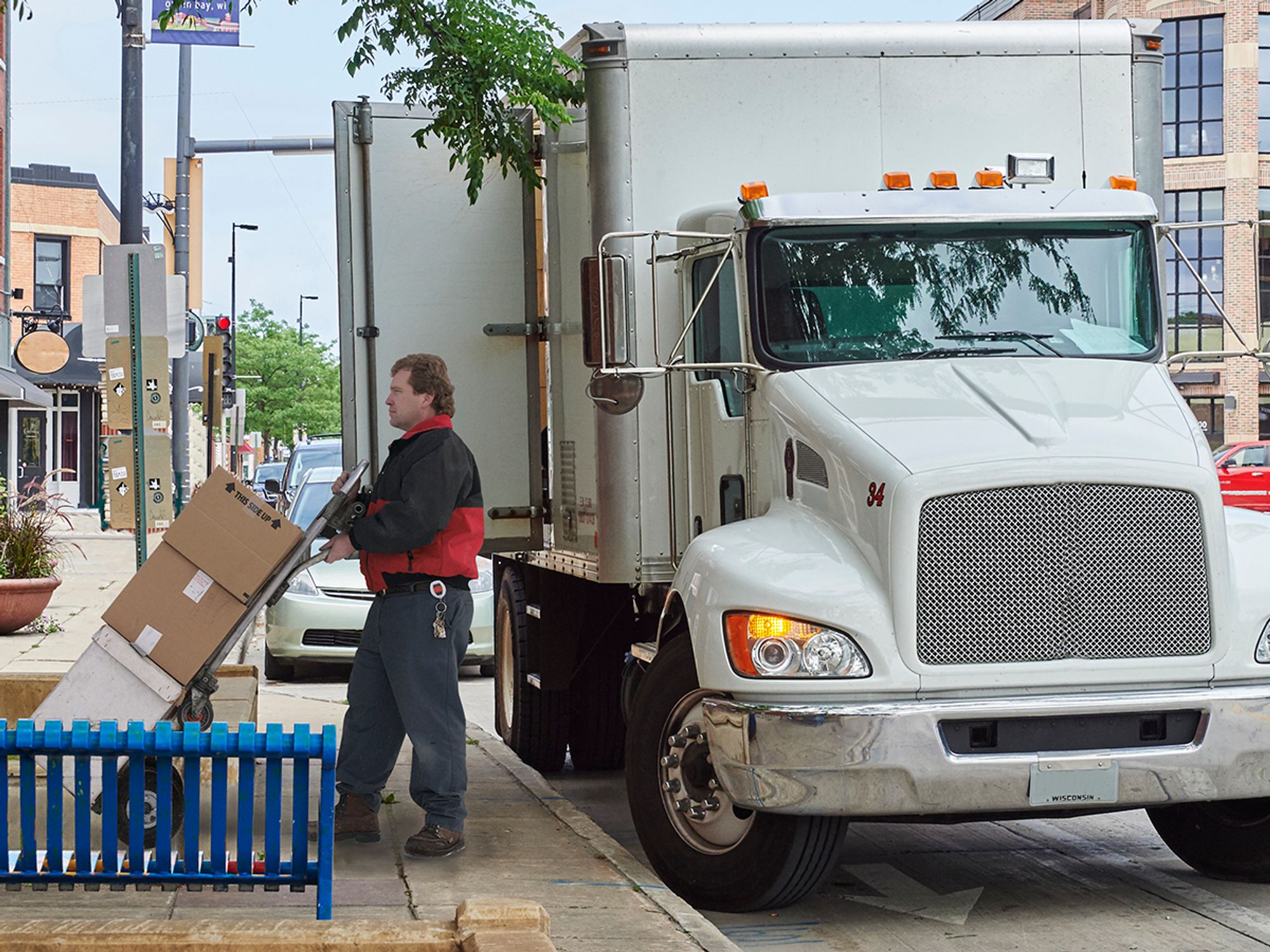What are security best practices at the receiver?

- Employers should train drivers to follow security best practices when arriving at the receiver.
When drivers arrive at a destination, the process of unloading is fairly straightforward. After all, the hardest and most dangerous part of the trip is over. The driver has arrived safely, and the cargo remained secure and intact.
Employers should train drivers to understand that the two main unloading activities a driver should be involved with include:
- Rechecking trailer and cargo integrity; and
- Supervising and completing unloading activities.
Recheck trailer and cargo integrity
Load security ends with the driver and responsible receiving personnel working together to unload the trailer.
Unloading procedures are as follows. The driver and receiver:
- Match bill of lading and/or other load-related numbers and paperwork;
- Inspect the security seal(s), and match seal number(s) with corresponding documentation;
- Break the security seal(s);
- Begin and complete unloading; and
- Sign the bill of lading or other load-related paperwork.
Supervise and complete unloading activities
During the unloading process, the driver should report any discrepancies or damage to the motor carrier as soon as possible.
Driver supervision of the unloading process is recommended mainly for cargo claims protection for the carrier.
